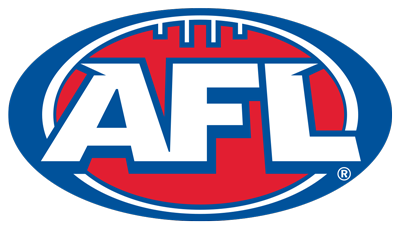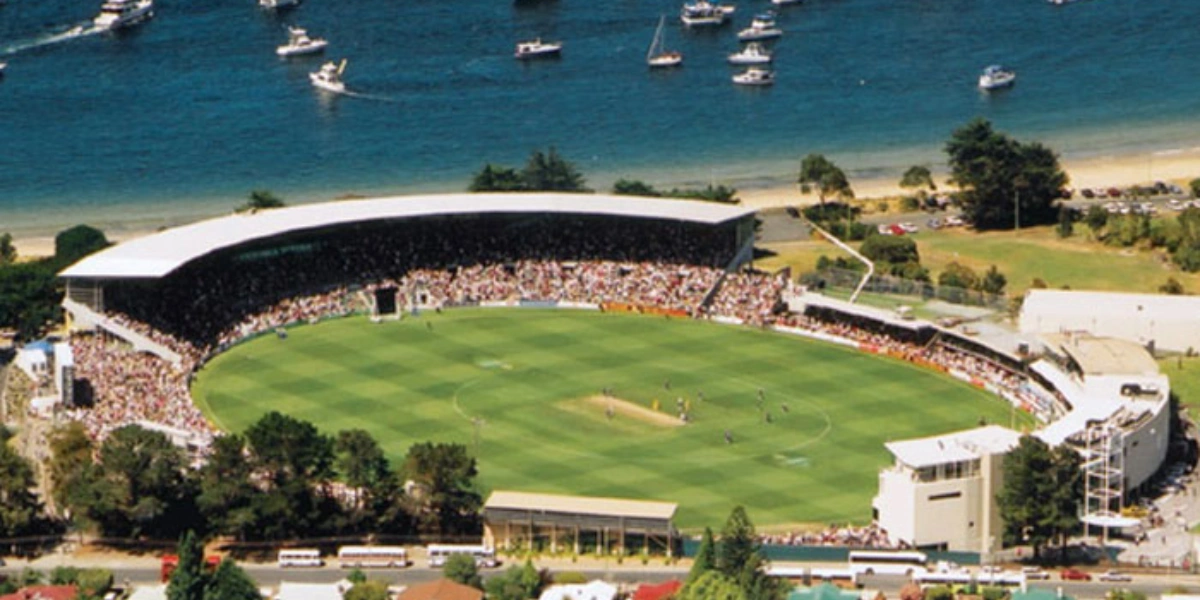Bellerive Oval
Last updated on July 29, 2024 at 17:31 pm
Posted on July 27, 2024 at 17:43 pm
The remarkable evolution of Bellerive Oval, from its humble 19th-century origins to its status as a cutting-edge sporting venue, reflects a legacy shaped by strategic construction and development. With substantial investments in upgrades and renovations, including the addition of modern facilities like the Southern Stand, indoor nets, and light towers, Bellerive Oval stands as a demonstration to innovation and progress in sports infrastructure. The venue’s transformation has not only enhanced the spectator experience but also attracted diverse sporting events, solidifying its position as a premier destination for sports enthusiasts. Explore further to uncover the full tapestry of Bellerive Oval’s historic journey.
Early history
In tracing the origins of Bellerive Oval, it is essential to investigate its early history, a period marked by the establishment of football and cricket activities in the area dating back to the 19th century.
The Bellerive recreation ground was officially established in 1914, with minimal changes until the mid-1980s. Notable upgrades were undertaken in the 1960s to adhere to TFL standards, including the replacement of the concrete cricket pitch with a turf wicket in 1956/57.
The ground underwent significant renovations and reopened in 1986, with the first international match taking place in 1988 and the inaugural Test match in 1989. These early developments set the stage for the transformation of Bellerive Oval into a prominent sporting venue.
Construction
The construction of Bellerive Oval involved a substantial investment, with the cost of renovations and upgrades totaling in the millions. These developments had lasting impacts on the stadium’s infrastructure and facilities, greatly enhancing the overall spectator experience.
The official opening of the revamped Bellerive Oval marked a new chapter in its legacy as a premier sporting venue.
Cost
With a price tag amounting to $16 million, the construction of Bellerive Oval’s upgrades, including the addition of indoor nets and the Southern Stand in 1999, showcased a significant investment in enhancing the venue’s facilities. The cost of this construction reflected the commitment to modernizing the infrastructure and amenities of the historic ground.
Not only did it improve the spectator experience, but it also positioned Bellerive Oval as a premier sporting venue capable of hosting a wide range of events. The allocation of funds towards these developments underscored the importance of maintaining a world-class facility that could attract top-tier sporting competitions and provide a memorable experience for fans and players alike.
Impacts
Construction at Bellerive Oval had a profound impact on the venue’s infrastructure and facilities, shaping its evolution into a modern and versatile sporting arena. The construction phase brought about significant changes, including the addition of the Southern Stand, Members Stand, and indoor nets.
The installation of light towers in 2009 enabled the hosting of day-night matches, further expanding the Oval’s event capabilities. The 2015 redevelopment aimed to increase capacity, enhancing the overall spectator experience.
These construction projects not only modernized the facilities but also allowed Bellerive Oval to attract a broader range of sporting events, making it a key player in the Australian sports landscape. The continuous upgrades have positioned the Oval as a premier venue for both domestic and international matches.
Opening
The culmination of the construction phase at Bellerive Oval marked a significant milestone in the venue’s transformation into a modern and multifunctional sporting facility.
Key Construction Details:
Renovation Scope: The project involved extensive upgrades to the existing structures and facilities, enhancing both spectator experience and player amenities.
Technological Enhancements: State-of-the-art technology was integrated into the design, including advanced lighting systems and modern audio-visual capabilities.
Sustainability Focus: Emphasis was placed on eco-friendly construction practices, utilizing energy-efficient materials and incorporating green spaces within the premises to promote environmental sustainability.
This strategic approach to construction not only modernized Bellerive Oval but also set the stage for its continued success as a premier sporting venue.
Development
Amid the historical backdrop of Bellerive Oval, the evolution of its development over the years has been pivotal in transforming the venue into a premier sporting facility. The table below highlights key developments that have shaped Bellerive Oval into the iconic venue it is today:
These developments have not only modernized the infrastructure but also enhanced the overall experience for players and spectators, solidifying Bellerive Oval’s status as a top-tier sporting destination.
Ownership
The current custodianship of Bellerive Oval by authoritative bodies maintains its foundational role as a prominent sporting venue. This ownership structure safeguards the preservation and development of the historic ground for future generations.
Key points to take into account:
Government Support: The Tasmanian Government plays a crucial role in the maintenance and funding of Bellerive Oval, highlighting its importance as a state-owned asset.
Community Engagement: Local councils actively participate in the management of the venue, fostering community involvement and support for sporting events held at Bellerive Oval.
Collaborative Partnerships: Strategic alliances with sporting organizations and sponsors contribute to the ongoing success and sustainability of Bellerive Oval as a premier sporting facility.
Australian Rules Football
Integrating Australian Rules Football into the diverse sporting landscape at Bellerive Oval enhances the venue’s versatility and appeal to a wider audience. Hosting Tasmania’s Clarence Football Club in the Tasmanian State League and welcoming North Melbourne for three AFL home games annually has solidified Bellerive Oval as a hub for Australian Rules Football in Tasmania.
The collaboration between cricket and football provides a dynamic atmosphere, attracting a broader range of sports enthusiasts. Notable AFL matches, like the clash between North Melbourne and Richmond in 2016, have drawn significant crowds, showcasing the Oval’s capacity to accommodate large-scale events.
This strategic integration of Australian Rules Football further cements Bellerive Oval’s status as a premier sporting destination in Tasmania.

